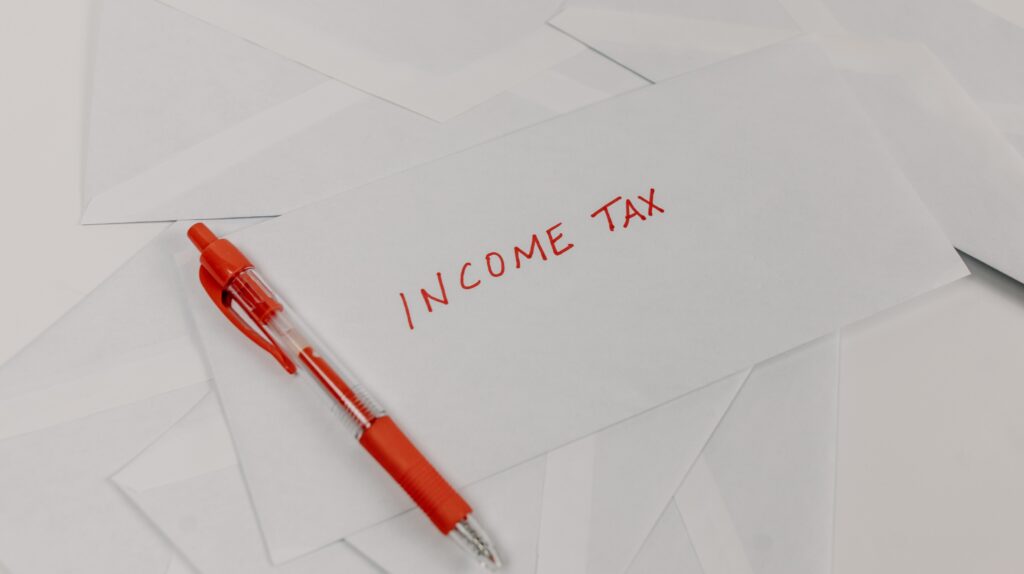As per the budget speech of the fiscal year 2023/24 by the Ministry of Finance, there will be a small change to the individual income tax rate in Nepal. As stated in that speech, keeping all the Individual tax slabs unchanged a new slab has been introduced for individuals earning more than 50,00,000. The tax rate for persons (individuals or private firms) earning more than 5 million will have to pay 39% income tax.
This rate will be applicable from the beginning of the Nepali fiscal year 2080/81. The fiscal year in Nepal starts on the 1st of Shrawan month. The Shrawan month starts at mid of July. So, the Nepali fiscal year starts in mid-July as per the Georgian calendar.
In addition to that, the finance bill 2080/81 (Finance Act) also contains other changes in the slabs of the taxable income. According to it, any income above Rs. 500,000 per annum in case of individual assessment and Rs. 600,000 per annum in case of couple assessment up to an additional 200,000 will be subject to 10% income tax.
The 10% slab covers income up to Rs 700,000 in case of individual assessment and Rs 800,000 in case of couple assessment. Similarly, for the next Rs. 300,000 income above 10% slab will be subject to 20% income tax.

If any individual natural person or private firm crosses Rs 1,000,000 income per income year or an individual under couple assessment crosses annual income Rs 1,100,000 they are subject to pay 30% income tax on the income above that amount up to Rs 2,000,0000.
Income above Rs 2,000,000 up to Rs. 5,000,000 per annum will be subject to 36% income tax. Similarly, a person or private firm will be liable to pay 39% of income as the tax on any income above Rs 5,000,000. That is what is summarized in the finance bill for the income tax rate in Nepal.
The income tax rate in Nepal is not used as flat for all income just because it reaches the limit. We have to pay the higher rate of tax only for the part of the income that crosses the set limits.
Income Tax Calculator
(For Calculating Income Tax for Income From Employment)